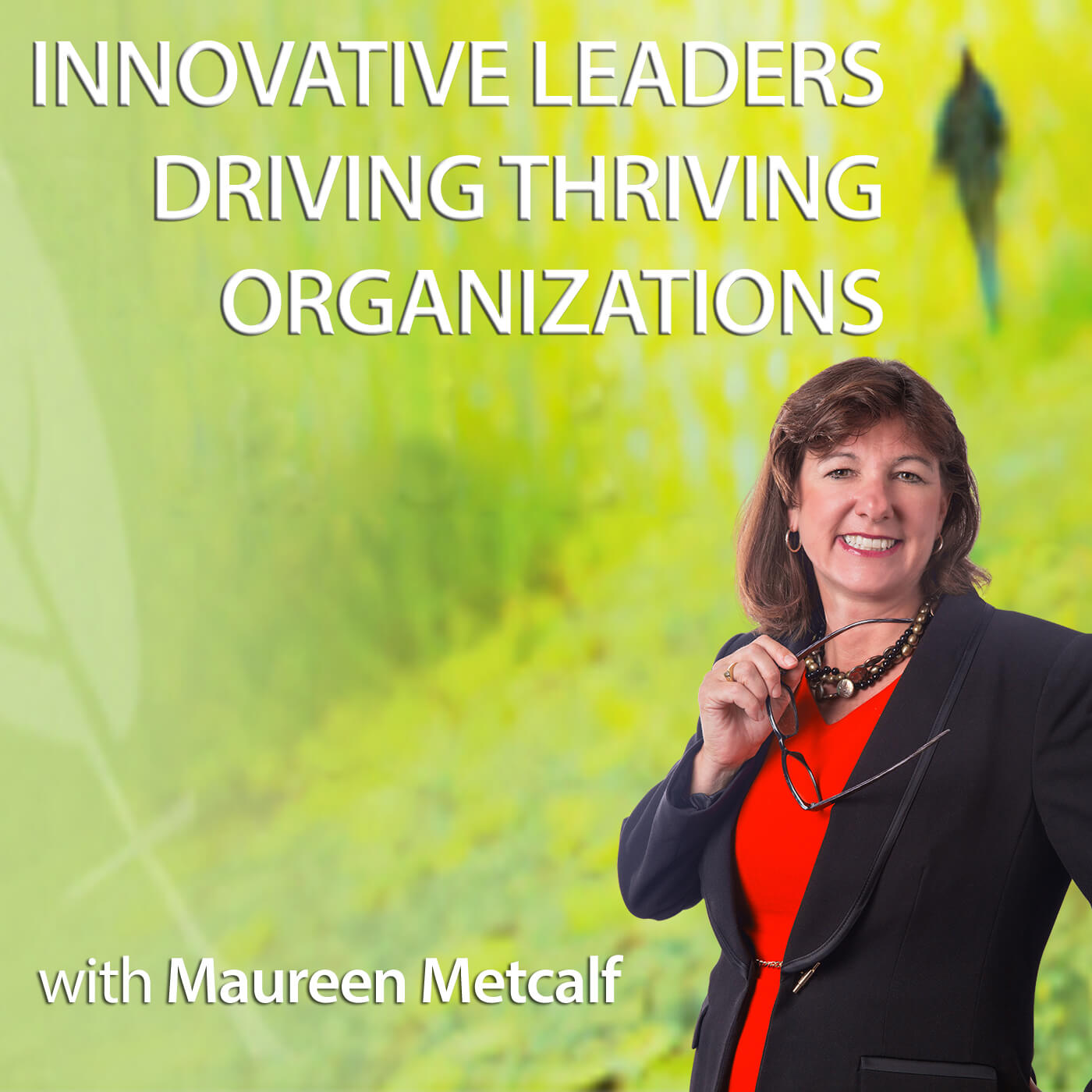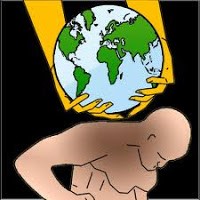At C-Level #9: Evolving Leadership for an Evolving World By Maureen Metcalf
This blog was written as a companion to the VoiceAmerica Interview between Mike Sayre and Maureen...
Read Moreby VoiceAmerica | Jun 19, 2017 | Business | 0 |
This blog was written as a companion to the VoiceAmerica Interview between Mike Sayre and Maureen...
Read Moreby VoiceAmerica | Jun 24, 2016 | Business | 0 |
This post, written by Gary Weber, is a companion to the July 5 VoiceAmerica interview with Gary...
Read More


